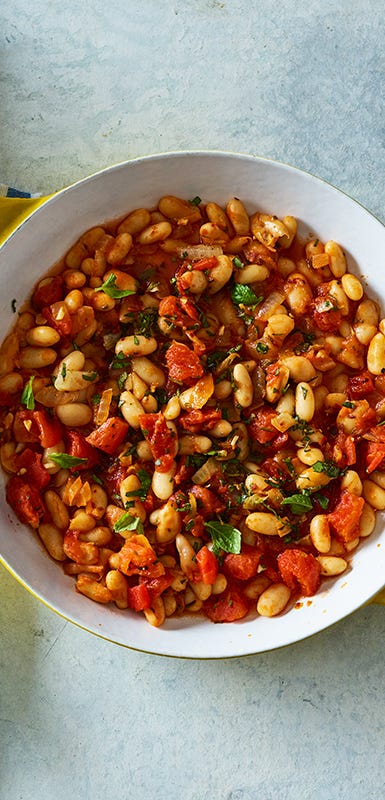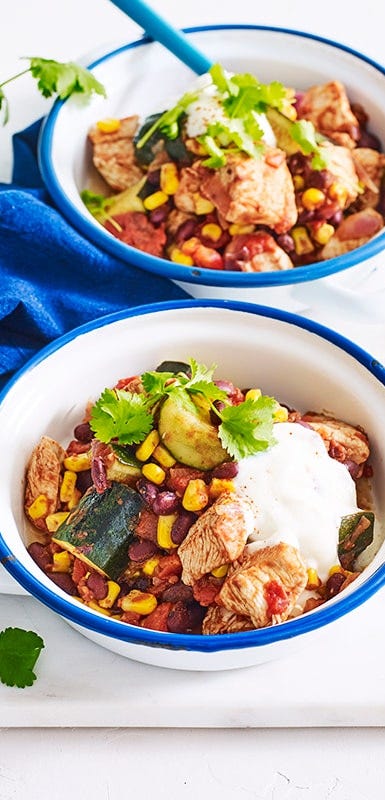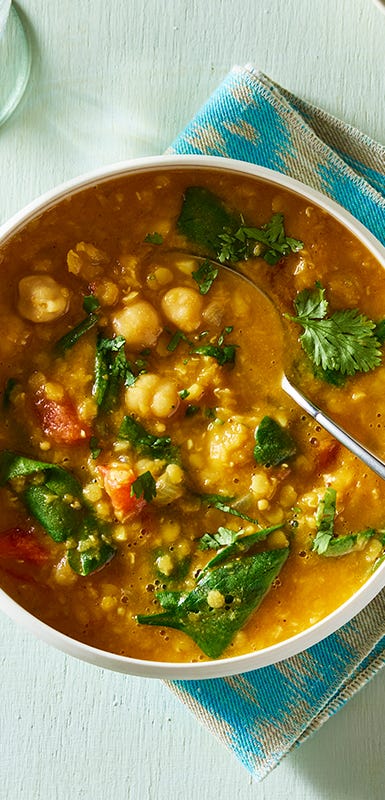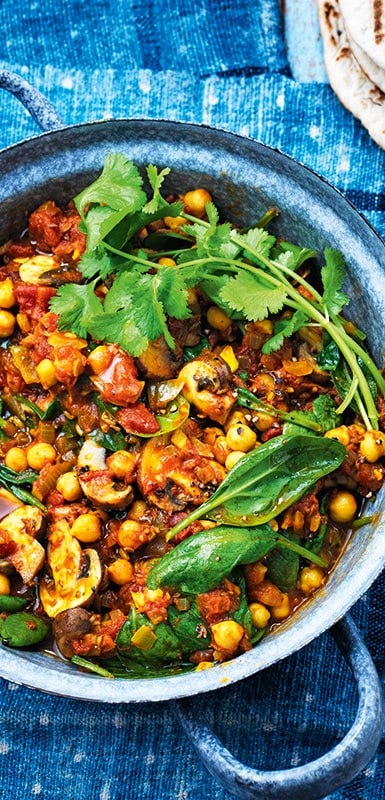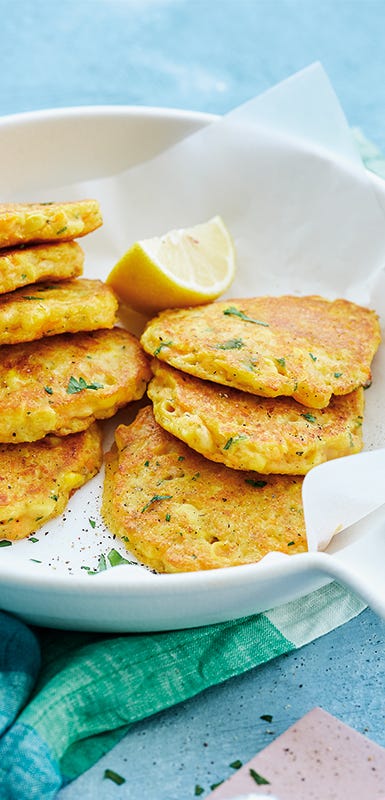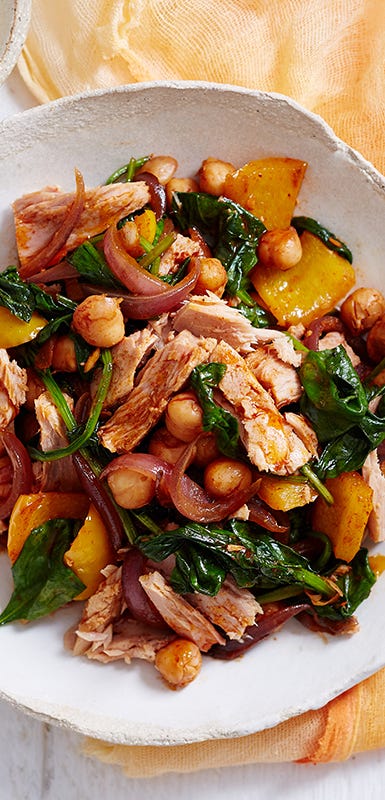ZeroPoint cheat sheet: Beans, peas & lentils
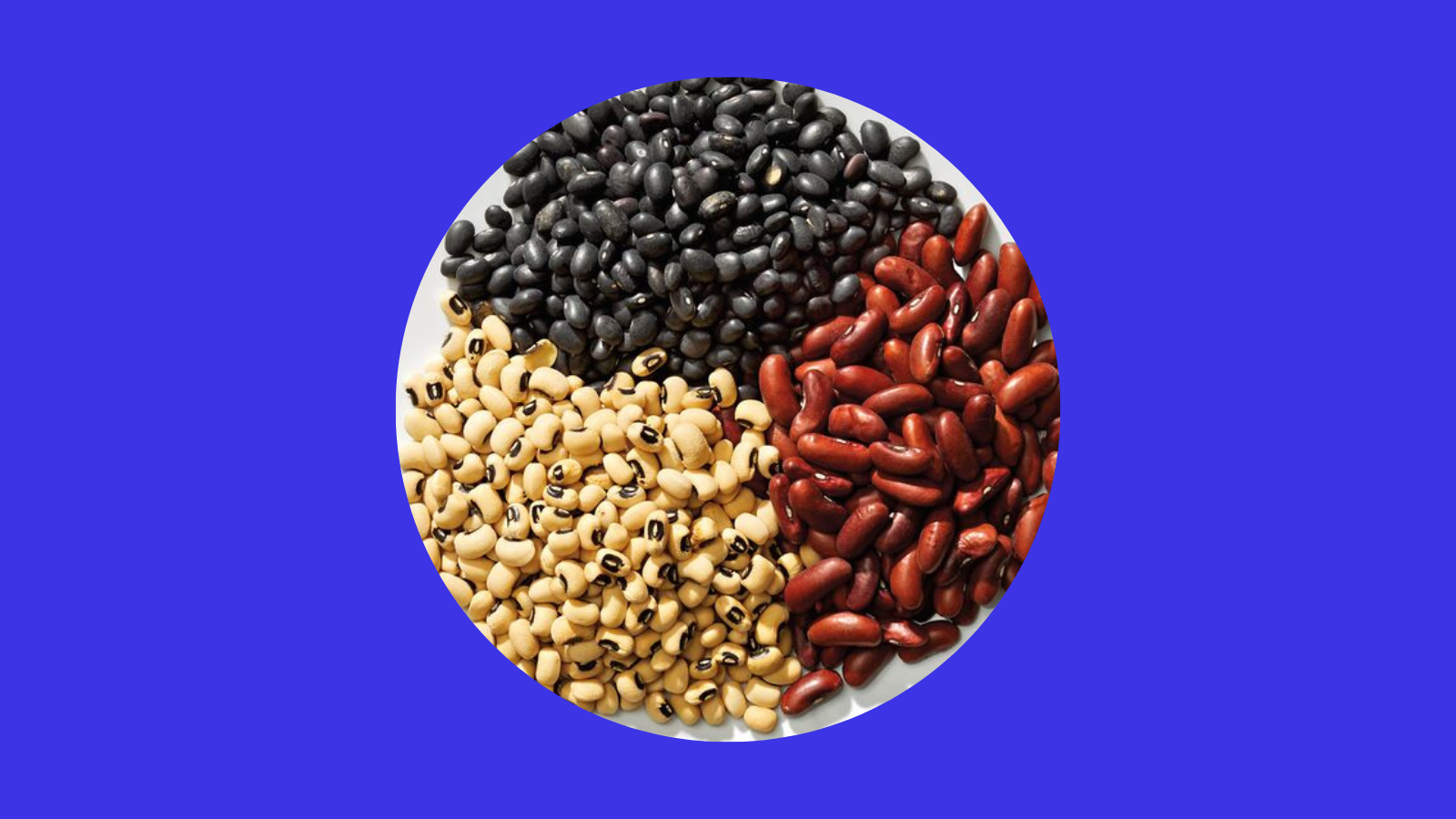

ZeroPoint foods are nutritional powerhouses that you can reach for frequently and consistently, without weighing, measuring, or tracking them. They were specifically chosen because they are nutrient-, vitamin-, and mineral-packed. Because of that, they’re recommended by national and international guidelines (including the World Health Organization) to be consumed often as part of a healthy pattern of eating.
Every WeightWatchers® member gets a list of ZeroPoint foods including: non-starchy veggies, fruit, eggs, yoghurt & cottage cheese, fish & shellfish, chicken & turkey breast, tofu & tempeh, corn & popcorn, beans, peas, & lentils and MORE.
Beans, peas, and lentils—also known as legumes—are nutrient-dense foods that help to meet a range of dietary preferences. For members looking for plant-based proteins, this is one food category that delivers! They can also be a good source of dietary fibre, potassium, zinc, iron, and folate. Dietary fibre helps you feel fuller, longer, which is helpful for weight loss, and also plays a role in digestion and heart health. Potassium is also important for heart health and zinc plays a role in immune function.
While “zero” usually means “nothing,” at WeightWatchers, ZeroPoint foods are everything! If beans are a staple in your diet and you’ve got some questions, you’re in the right place.
Wait, what exactly does beans, peas, and lentils include?
Here’s a list of all the ZeroPoint foods in the category.
- Adzuki beans
- Black beans
- Black-eye peas
- Borlotti beans
- Broad beans
- Butter beans
- Cannellini beans
- Chickpeas
- Edamame
- Green peas
- Flageolet beans
- Haricot beans
- Lentils
- Lima beans
- Lupin beans
- Mixed beans
- Mung beans
- Pinto beans
- Red beans
- Red kidney beans
- Soy beans
- Split peas
- 99% fat-free refried beans
Beans, peas, and lentils are loaded with fibre, vitamins, and minerals. Cook them up in a chilli, toss them into a salad for a meat-free protein boost, or purée them with garlic and olive oil for a tasty dip.
So anything legume-based is a ZeroPoint food?
Well, not exactly. Let’s go through some details.
- Canned or cooked-from-scratch plain legumes ARE a ZeroPoint food.
- Hummus or bean spreads that are 100% made of any of the beans or peas listed above and without any added oil, tahini or sugars ARE ZeroPoint foods.
- Legumes that are roasted without any oil ARE ZeroPoint foods.
- Legumes that are purchased cooked in sauces or marinades (such as baked beans) are NOT ZeroPoint foods.
Why are beans, peas, and lentils ZeroPoint foods?
Healthy eating patterns include a variety of vegetables from all of the five vegetable subgroups—dark green, red and orange, legumes, starchy, and others. Because these foods have more naturally-occurring fibre than other foods, and are filling and nutritious, we want to encourage you to eat them.
Why are chickpea snacks not a ZeroPoint food?
When legumes are roasted to the point of becoming dried, their energy density increases. Dried bean snacks also typically have added oil, which increases their Points values. We recommend tracking dried bean snacks to increase awareness of how much and how often you're eating them.
If I buy canned chickpeas and roast them in the oven, are they still a ZeroPoint food?
The chickpeas themselves will remain a ZeroPoint food, but any other ingredients with Points values that you’ve added, like oil, still need to be tracked.
Is hummus a ZeroPoint food?
Hummus is only a ZeroPoint food if it contains no ingredients with Points, such as oil, tahini or sugar. As most store-bought hummus contains at least one of these, you probably won’t find any ZeroPoint hummus. When making hummus at home, you only have to track the ingredients that have Points values.
What are the major differences between dry beans and canned beans?
Besides the obvious difference in convenience and speed, there are some other key distinctions.
Did you know that canned beans will actually last longer than dry ones? Despite having a long shelf life, dry beans shouldn’t be kept hanging around for years. As they sit, they continue drying out and eventually become so dehydrated that they’re difficult to cook to the proper creamy, tender texture that you’re looking for, even after hours (and hours!) of simmering.
Another big thing: Canned beans often include salt and other additives to maintain a certain texture after months, if not years, of sitting in liquid. This can lead to beans with a slightly tougher skin and a crumblier consistency on the inside than a dry bean that’s been cooked from scratch.
Bottom line: No matter which you choose, both types of beans are equally nutritious and delicious.
Is there a quicker way to cook dry beans and legumes from scratch?
If you have a pressure cooker, say good-bye to lengthy soaking and simmering times. A batch of beans will cook in a fraction of the time it takes on the stovetop. About 30 minutes of cook time will give you a silky, smooth result.
Do I really have to soak my dry beans before cooking them?
Short answer: no.
When following a recipe for cooking dry beans, the first two steps are almost always soaking them overnight, then giving them a rinse before adding fresh water and cooking them. These steps can be helpful in cutting down the cooking time, especially if you’re not sure how long your dry beans have been hanging around (either in your cupboard or on the supermarket shelf). Soaking can also help rid the beans of some of their gas-promoting compounds. On the other hand, if you’ve forgotten to soak your beans ahead, don’t fret. Just factor in some extra simmering time for the beans to reach fully cooked status.
*Members living with diabetes will have non-starchy veggies, eggs, fish & shellfish, chicken & turkey breast, tofu & tempeh, and beans, peas, & lentils on their ZeroPoint food list. These categories were carefully selected to consider the combination of carbohydrates, proteins, and fibre, and are less likely to impact blood sugar levels. (More information on the diabetes program)

